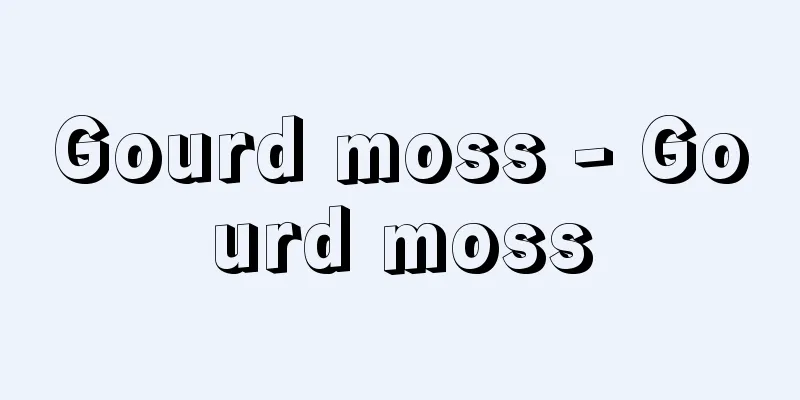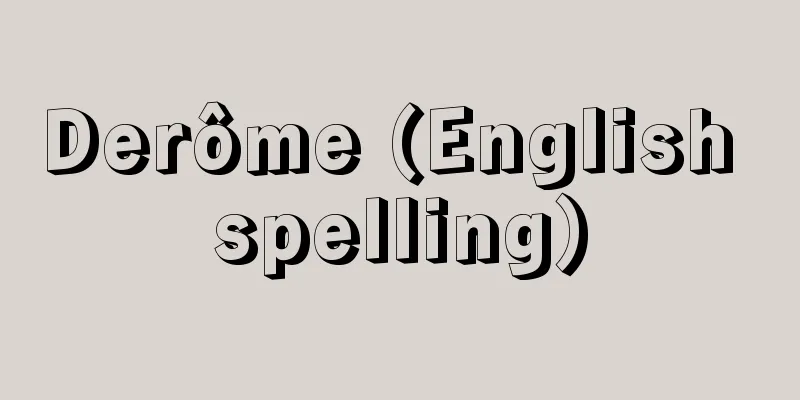label

|
French composer. Born in Ciboure in the Basque Country to a Swiss father and a Basque-French mother, he moved to Paris when he was three months old. In 1889, at the age of 14, he entered the Paris Conservatory, and from the age of 22, he studied in Fauré's composition class. Like Debussy, he was also impressed by gamelan music at the 1889 Paris World's Fair, and was thrilled by the Russian music conducted by Rimsky-Korsakov. He assimilated the influences of Chabrier, Satie, Debussy, and others in his own way, completing works such as the String Quartet (1902-1903) and the piano piece Mirror (1904-1905), and already had a mature musical idiom in his late 20s. After that, he spent his time in Paris except for concert tours, and remained single without taking up a teaching position. Although he showed impressionistic writing in his early piano pieces such as "Water Play" (1901), the essence of his music was rooted in a more classical sense of form, creating a unique and highly refined musical world in which fresh harmonies and rhythms, dry humor, and skillful orchestration all blended together. In later years, he also adopted jazz idioms. His representative works include the opera "The Child and the Magic" (1920-1925, libretto by Colette), ballet music such as "Daphnis and Chloe" (1909-1912) and "Bolero" (1928), commissioned by Diaghilev and Rubinstein respectively, as well as the orchestral piece "Rhapsody espagnole" (1908), piano piece "Gaspard de la nuit" (1908) and "Le tombeau de Couperin" (1914-1917), the song collection "Three Poems of Mallarmé" (1913), two piano concertos ("Pour l'art" (1929-1930) and "In G Major" (1929-1931), and chamber music such as "Sonata for Violin and Cello" (1920-1922). →Pictures at an Exhibition/Nijinska→Related topics Enesco|Castelnuovo-Tedesco|Casella|Koussevitzky|Contrabassoon|Side drum|Mute|Stravinsky|Dilius|Habanera|Piccolo|Falla|Fokine|Francescatti|Béjart|Bolero|Vaughn Williams|Monthaux|Rameau|Leibowitz|Lon|Longos Source : Heibonsha Encyclopedia About MyPedia Information |
|
フランスの作曲家。スイス人の父とバスク系フランス人の母の間にバスク地方のシブールで生まれ,生後3ヵ月でパリに移る。1889年,14歳でパリ音楽院に入学し,22歳のときからフォーレの作曲クラスに学ぶ。また1889年のパリ万国博覧会ではドビュッシー同様ガムラン音楽(ガムラン)に衝撃を受け,リムスキー・コルサコフの指揮するロシア音楽に心躍らせた。シャブリエやサティ,ドビュッシーなどの影響を独自に消化し,《弦楽四重奏曲》(1902年−1903年),ピアノ曲《鏡》(1904年−1905年)などを完成,20代後半で早くも成熟した音楽語法を掌中にした。以後,演奏旅行のほかはパリで過ごし,教職にはつかず独身で通した。初期のピアノ曲《水の戯れ》(1901年)などで印象主義的な書法を示しはしたが,その音楽の本質はより古典主義的な造形感覚に根ざし,新鮮な和声とリズム,乾いたユーモア,巧みな管弦楽法などが渾然(こんぜん)と溶け合った完成度の高い特有の音楽世界をつくりだしている。後年はジャズの語法も採用した。代表作に,オペラ《子供と魔法》(1920年−1925年,台本コレット),それぞれディアギレフ,ルビンシテインの委嘱によるバレエ音楽《ダフニスとクロエ》(1909年−1912年),《ボレロ》(1928年)などのバレエ音楽,管弦楽曲《スペイン狂詩曲》(1908年),ピアノ曲《夜のガスパール》(1908年),《クープランの墓》(1914年−1917年),歌曲集《マラルメの3つの詩》(1913年),2つのピアノ協奏曲(《左手のための》1929年−1930年,《ト長調》1929年−1931年),《バイオリンとチェロのためのソナタ》(1920年−1922年)などの室内楽曲がある。→展覧会の絵/ニジンスカ →関連項目エネスコ|カステルヌオーボ・テデスコ|カセラ|クーセビツキー|コントラファゴット|サイド・ドラム|弱音器|ストラビンスキー|ディリアス|ハバネラ|ピッコロ|ファリャ|フォーキン|フランセ|フランセスカッティ|ベジャール|ボレロ|ボーン・ウィリアムズ|モントゥー|ラモー|レイボビッツ|ロン|ロンゴス 出典 株式会社平凡社百科事典マイペディアについて 情報 |
<<: Jean François de Galaup, Comte de La Pérouse
Recommend
Summer -
①The oldest legendary dynasty in China ②One of the...
Last frost - Shusou
〘 noun 〙 The latest frost to fall as winter turns ...
Red Kite (Kite) - Red Kite
...Around April, they build large, saucer-shaped ...
Niini Cicada - Niini Cicada
It is an insect belonging to the order Hemiptera,...
Coastal Climate - Kaigankiko
This climate is predominant on land along the coa...
Plum dyeing - Umezome
〘Noun〙① Dyed with Umeyasu tannins . Those dyed two...
Protogonyaulax
...Most of them have a body length of 30 to 80 μm...
Jazz Age
This term refers to a typical aspect of America du...
Bashshār b. Burd (English spelling)
...In Basra and Baghdad, where the influence of P...
Paramecium aurelia (English spelling) Parameciumaurelia
… [Minoru Imajima]. … *Some of the terminology th...
Phraya Chakri (English spelling)
…Founder of the current Thai dynasty, the Rattana...
ensemble
…From the classical period onwards, this relation...
Schutzbund
… After the war, the Republic of Austria also fac...
Yao Hsing (English: Yao Xing)
[Born] Eastern Jin Dynasty, Taihe 1 (366) [Died] E...
Giant petrels - Giant petrels
…Young birds spend 3-4 years at sea, returning to...









